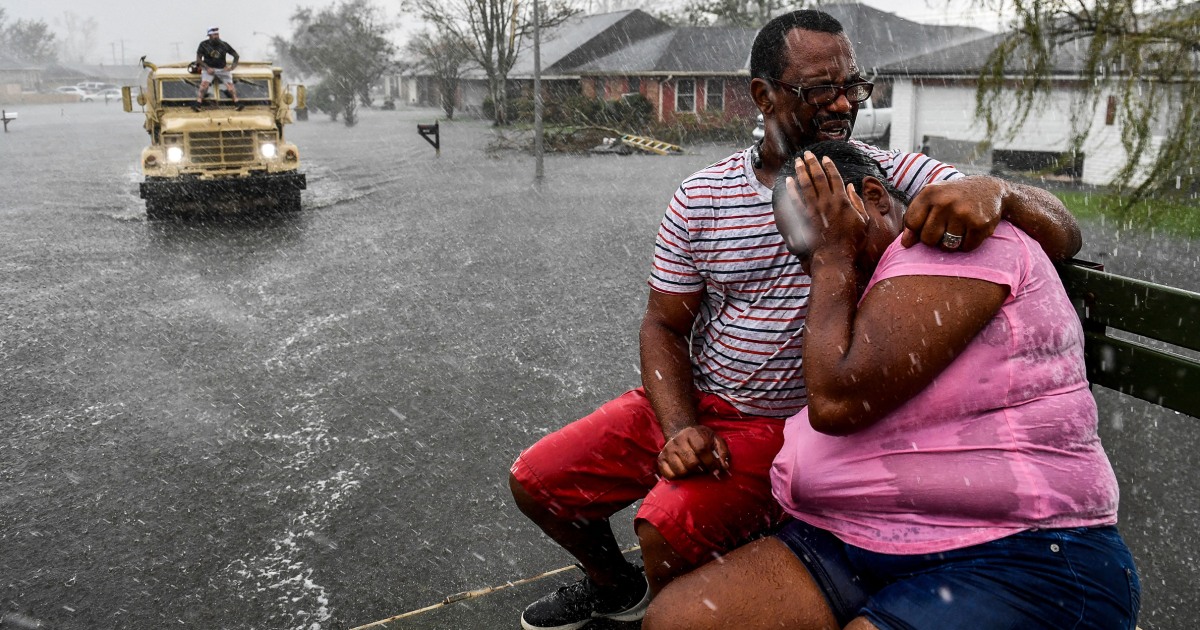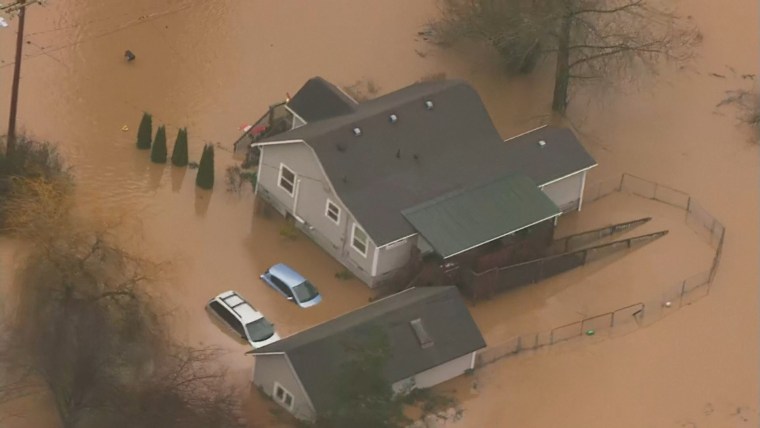Hurricanes can cause flooding with intense rainfall or with high winds that send storm surges rushing into coastal communities.
Much more rarely, they cause both problems at once.
A study published Thursday in the journal Nature Climate Change by researchers from Princeton University and the Massachusetts Institute of Technology suggests that could change in the future because of climate change.
The researchers used computer modeling to simulate thousands of “synthetic” hurricanes toward the end of this century and in a scenario where greenhouse gas emissions are very high.
By the end of the century, flooding events involving both extreme rainfall and extreme storm surge that historically would be expected once every 200 to 500 years along the Gulf of Mexico could take place every 10 to 30 years on average, the study says. In New England, extreme floods featuring both factors could happen about once every five years on average.
Climate effects, including more intense tropical cyclones and sea level rise, are behind the changes in probability. Some climate models suggest hurricanes will begin to move over an area more slowly than in the past.
“Storms are projected to be more intense in the future climate,” said Ning Lin, an associate professor of civil and environmental engineering at Princeton and an author of the study. Slower-moving storms allow “more time to accumulate the rainfall on a particular location.”
Storms like Hurricane Harvey provide a frame of reference for rainfall-driven events, Lin said. In 2017, Harvey parked itself over the Houston area and dumped more than 60 inches of rain, killing 68 people in widespread flooding.
The study was well received by fellow researchers.
“The methodology is sound scientifically and is widely accepted among researchers in this field,” Amin Kiaghadi, a coastal flood modeler and researcher in Texas, said in an email.
Thomas Wahl, an assistant professor at the University of Central Florida who was not involved in the study, said it represented a “major step forward” in science’s understanding of the risk of compound flooding, which is when more than one factor drives inundation.
The study outlines how the changing nature of storms like hurricanes could play a larger part than scientists had expected in worsening floods.
“We always assumed sea level rise would play the major role in changing coastal flooding risk,” Wahl said. “Interestingly, the expected changes in tropical cyclone climatology play at least as an important, and in some cases, a more important role than sea level rise.”
The study does have limitations. Modeling involves dealing with uncertainties and making assumptions. Projections for future sea level rise vary substantially.
Simulating such complex interactions across a big geography takes considerable computing power, and researchers were only able to model a scenario in which Earth’s population does little to slow or stop climate change.
“The authors’ focus on SSP5 8.5 reflects a choice to investigate the effect of one of the worst-case scenarios on the future of compound flooding,” Kiaghadi wrote. “However, it would be helpful to also provide a lower bound and maybe a median scenario for this type of study.”
SSP5 8.5 is a future climate scenario outlined by the U.N.’s Intergovernmental Panel on Climate Change (IPCC) in its sixth assessment on climate change. In the scenario, which describes a future where the world remains dependent on fossil fuels for economic development, global temperatures would be expected to rise between 5.9 and 10.2 degrees Fahrenheit by century’s end.
Wahl said the study should help leaders evaluate and prepare for future flooding.
“These kinds of studies help us identify hot spots where we’re more likely to see compound flood potential,” Wahl said. “Local flood risk on the ground still needs to be determined with more complex modeling.”

